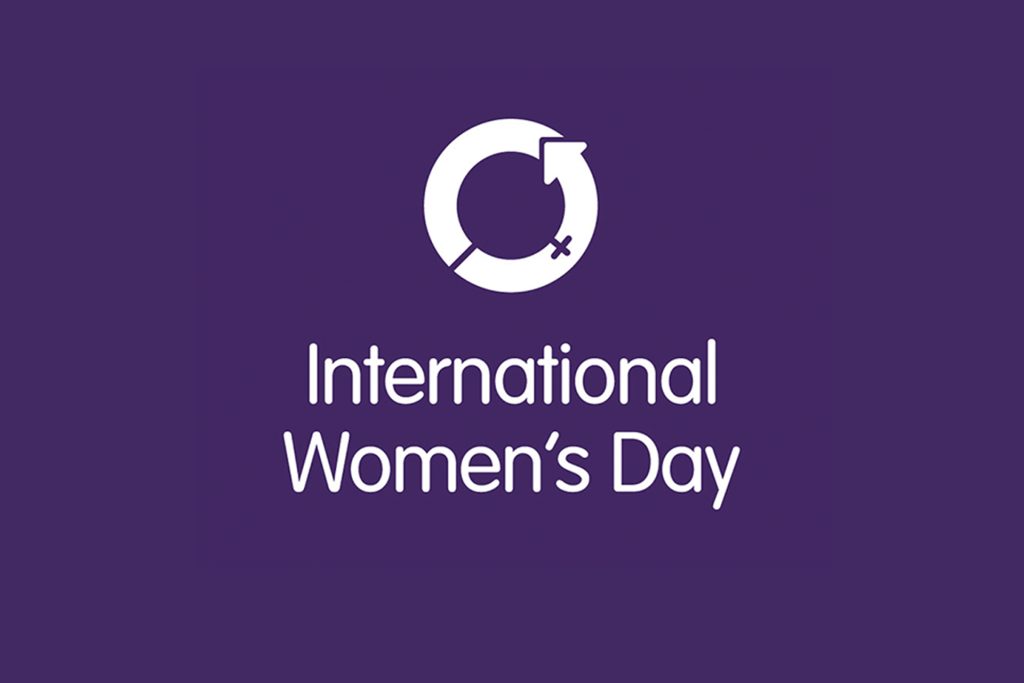International Women’s Day (IWD) is a global day to recognise and celebrate the social, economic, cultural, and political achievements of women. It also marks a call for action for accelerating women’s equality.
According to the World Economic Forum, the global gender gap has been closed by 68.1% and at this rate of progress, gender parity is still a century away and won’t be seen in any of our lifetimes. This is despite huge efforts from the global community to accelerate the achievement of gender parity.
IWD is aiming to drive the understanding of why equal opportunities isn’t enough. This is why this year’s theme for International Women’s Day is to #EmbraceEquity.
Despite often being used interchangeably, equality and equity are two distinct concepts. Gender equity is the principle of fairness and equality for individuals of all genders according to their respective needs. Gender is intersectional.
In an interview with Time*, Kimberlé Crenshaw, an American law professor who coined the term in 1989 explained Intersectional feminism as, “a prism for seeing the way in which various forms of inequality often operate together and exacerbate each other”. All inequality is not created equal. An intersectional approach shows the way that people’s social identities can overlap, creating compounding experiences of discrimination,” she says. Policies that benefit one group of women, may not benefit another group of women due to historical or current inequalities. This is the same for men and women.
The concept acknowledges that men and women have different needs and societal power that need to be identified and addressed and therefore correct the inequalities between the sexes. It is these inequalities that limit access to health, education and economic opportunities based on gender. The European Institute of Gender Equality defines gender equity as the “provision of fairness and justice in the distribution of benefits and responsibilities between women and men”. Essentially, gender equity removes the obstacles of progress towards gender parity.
International Women’s Day is powered by the collective efforts of everyone. Over the past century, strong and powerful women have broken down barriers and changed the future for women across the globe. We can all celebrate women’s achievements and raise awareness about discrimination. Read on to find out what you can do today to celebrate International Women’s Day, learn more and #EmbraceEquity
Watch a documentary on women’s rights.
- Reversing Roe (Netflix)
- What Happened, Miss Simone? (Netflix)
- RBG (Netflix)
- He Named Me Malala (Amazon prime)
- Saudi Women’s Driving School (HBO)
Read books about gender equality.
- Invisible Women, Caroline Criado Perez
- Misogynation, Laura Bates
- The Moment of Lift, Melinda Gates
- Work Like a Woman, Mary Portas
- The Authority Gap, Mary Ann Sieghart
Take action by donating
- Women’s Global Empowerment Fund – The Women’s Global Empowerment Fund supports women through economic, social and political programmes, creating opportunities while addressing inequality.
- Malala Fund – The Malala Fund invests in education advocates and activists who are challenging the policies and practices that prevent girls from going to school in their communities.
- Equality Now – Equality now is a feminist organisation that campaigns for legal and systemic change to address violence and discrimination against women and girls globally.
- Young Women’s Trust – The Young Women’s Trust is a feminist organisation working to achieve economic justice for young women.
#EmbraceEquity
Don’t forget to strike the #EmbraceEquity pose this International Women’s Day to show solidarity. Share across your social media channels using #IWD2023 and #EmbraceEquity to encourage others.
*Source: UN Women


